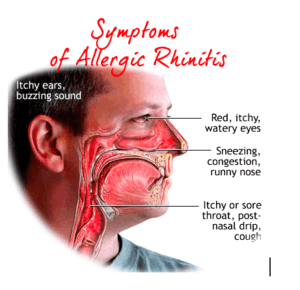What is Lewy body dementia?
Lewy body dementia is a neurodegenerative condition with some features common with Alzheimer’s disease and Parkinson’s disease. In fact, 40% of the Alzheimer’s patients have Lewy bodies in their brain and almost all advanced Lewy body dementia patients show features of parkinsonism.
Lewy bodies are eosinophilic (alpha-synuclein) intracytoplasmic inclusion bodies. There is a genetic component behind it – mutations in the α-synuclein and β-synuclein genes. This causes pathological deposition of alpha-synuclein cytoplasmic inclusions (Lewy bodies) in the substantia nigra, paralimbic and neocortical areas of the brain. Oxidative stress have a major effect on its deposition.

Features
- Fluctuating but progressive cognitive impairment – often prominent visuospatial and executive difficulties.
- Memory loss
- Psychotic features like hallucinations (often detailed visual hallucinations), anxiety, and delirium
- Features of Parkinsonism – e.g. tremor, rigidity, bradykinesia
- Autonomic failure
- Symptoms worsen if treated with antipsychotics or neuroleptics
Diagnosis
- Lewy bodies cannot be visualized by CT scan or MRI of the brain. It is often diagnosed by the patients’ history, clinical features, and physical examination.
- Single Photon Emission Computed Tomography (SPECT) can diagnose Lewy body dementia. It has a sensitivity of 90% and a specificity of 100%. It is also known as DaTscan (Dopamine Transporter Scan). The main drawback of this test is its high price.
Treatment
Currently no curative treatment exists for Lewy body dementia. But cholinesterase inhibitors can slow the progression of disease. Proper patient education, and support groups are helpful.



